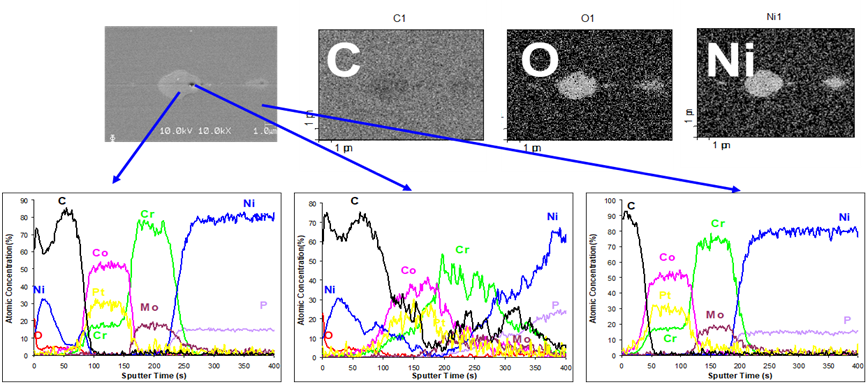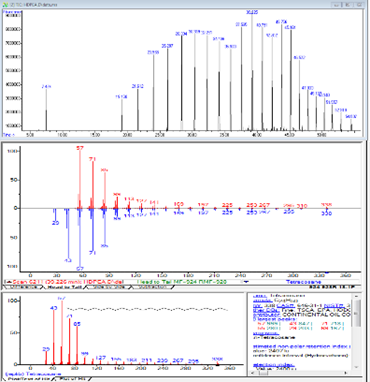Materials Analysis and Characterisation
At IMRE, we offer a wide array of state-of-the-art equipment for the analysis and characterization of diverse materials and their properties. The Materials Analysis and Characterization teams at ACI consist of highly experienced research scientists and engineers who specialize in various analytical and characterization techniques. We actively collaborate with researchers across A*STAR, institutes of higher learning, and industry partners.
Our advanced capabilities enable precise material composition analysis, micro-contaminant identification, and quantification—critical for enhancing process control, product quality, and the development of innovative products. We also strive to deepen the understanding of the structure-property relationships of materials and their performance across various applications.
Our services cater to a wide range of industries, including Electronics, Aerospace, Precision Engineering, Chemicals, Food, Healthcare, Pharmaceuticals, and Biotechnology. Beyond routine analysis and characterization, we regularly provide expert advice and develop innovative solutions to address complex challenges in materials analysis.
Capabilities
Contact
A*STAR celebrates International Women's Day

From groundbreaking discoveries to cutting-edge research, our researchers are empowering the next generation of female science, technology, engineering and mathematics (STEM) leaders.
Get inspired by our #WomeninSTEM
.png?sfvrsn=b59474e9_3)




















